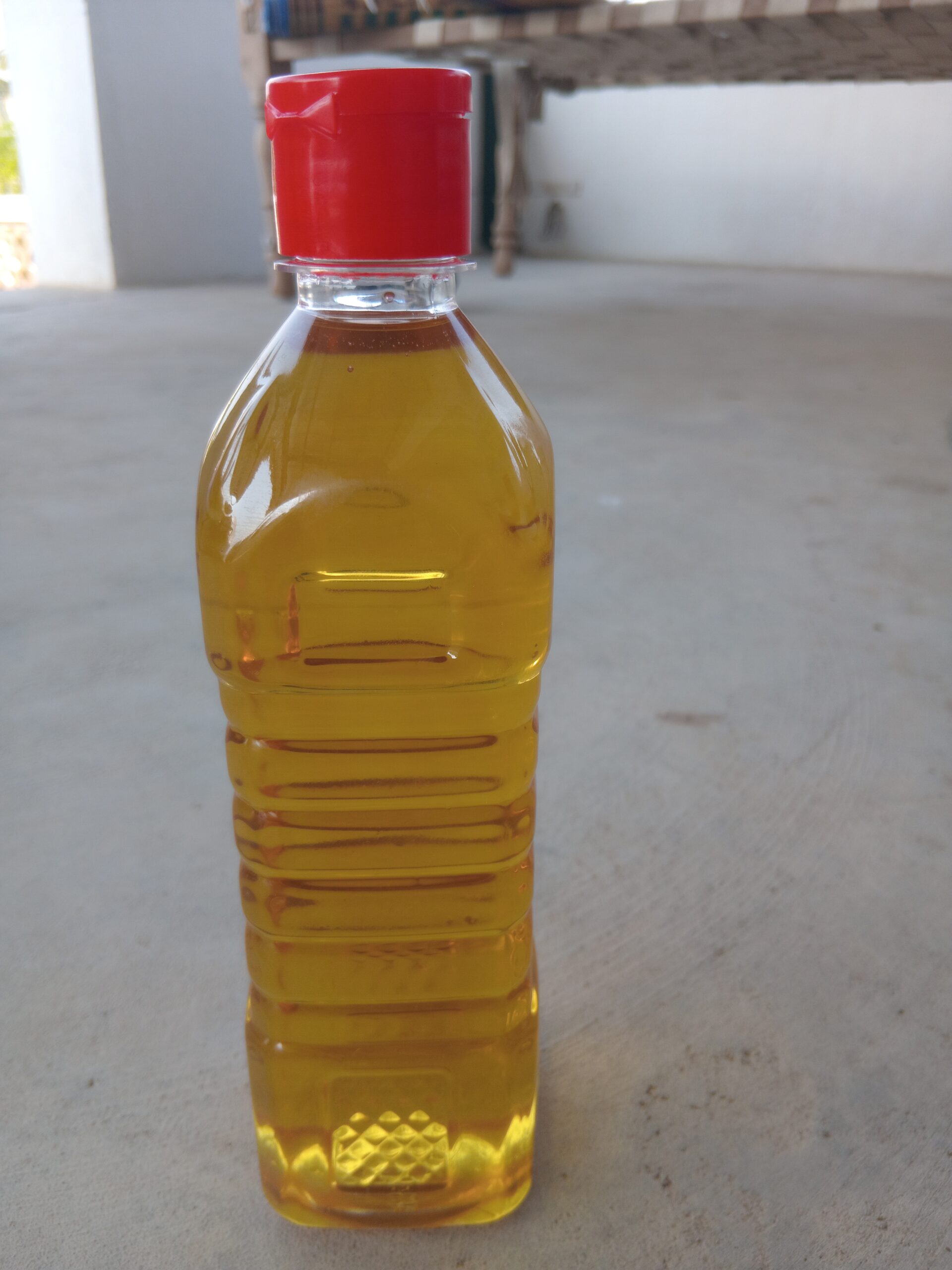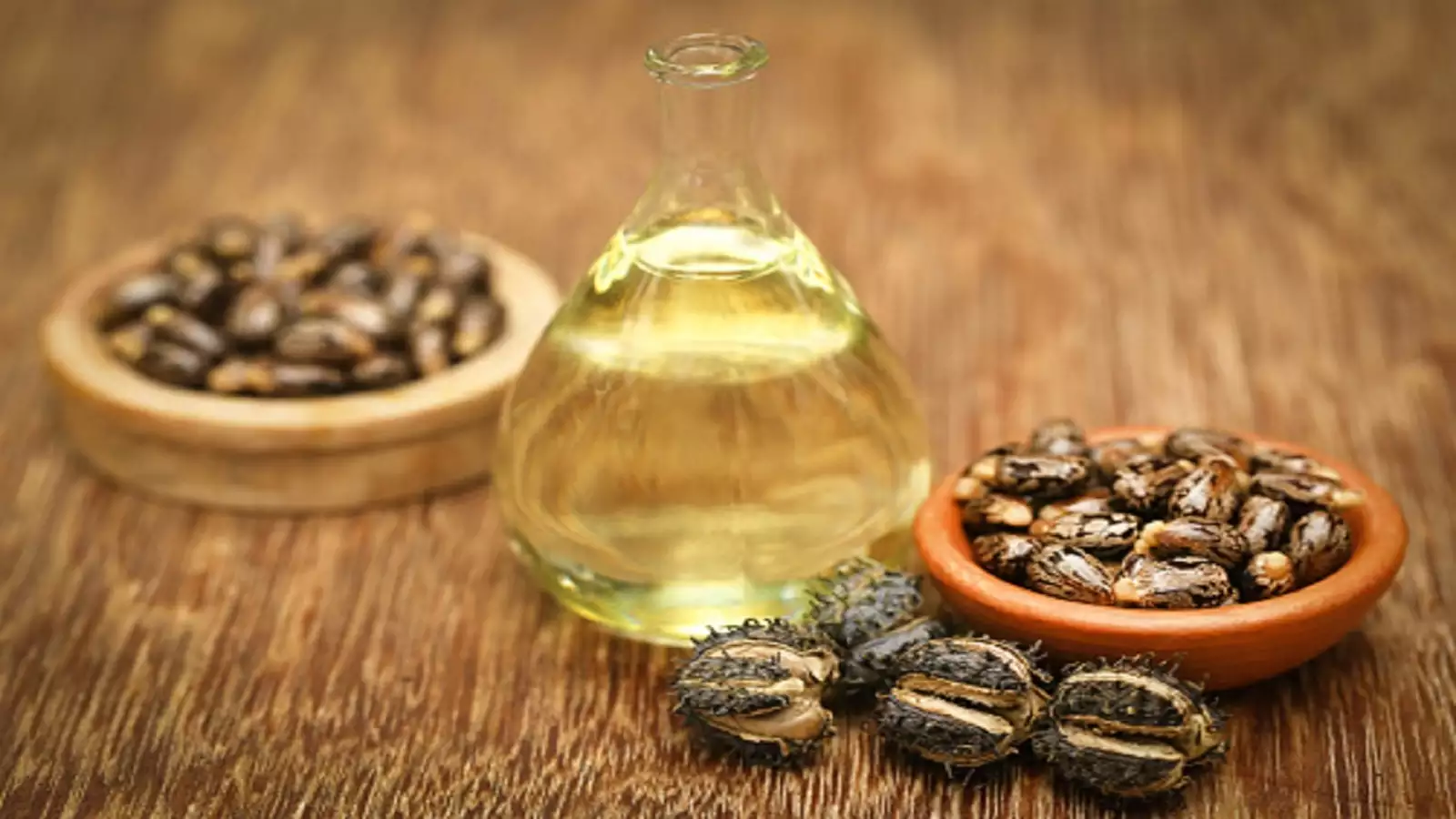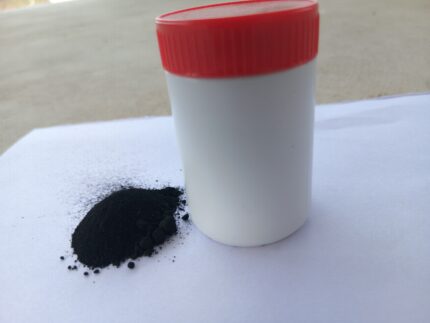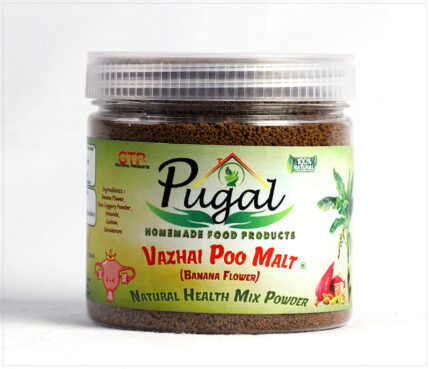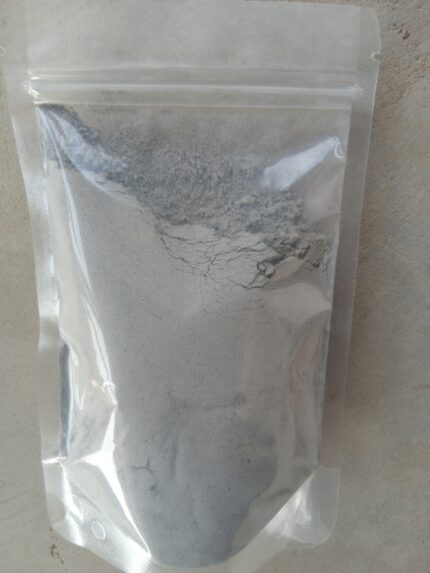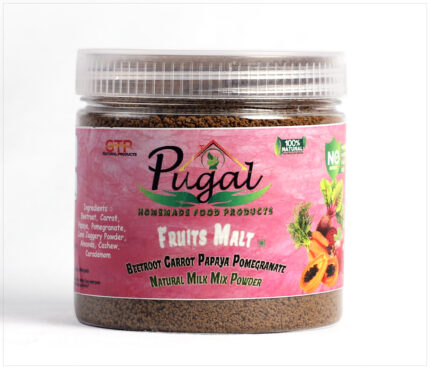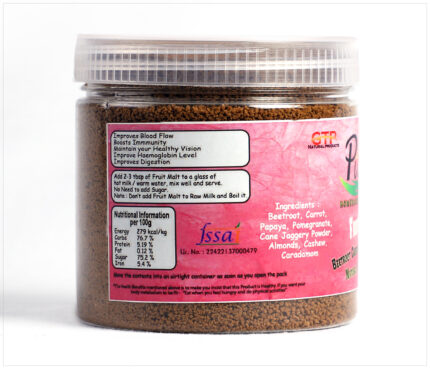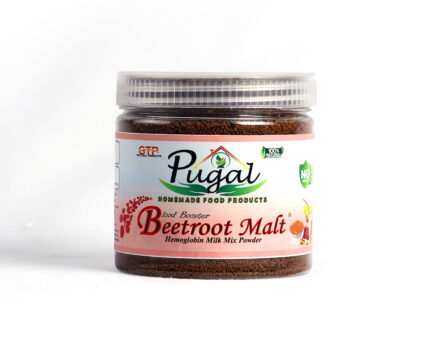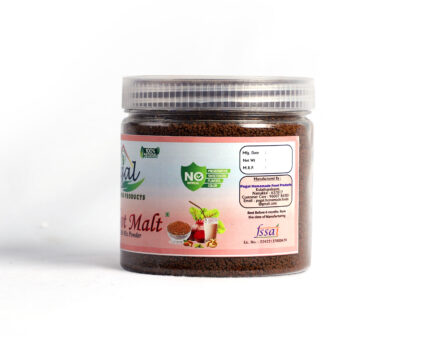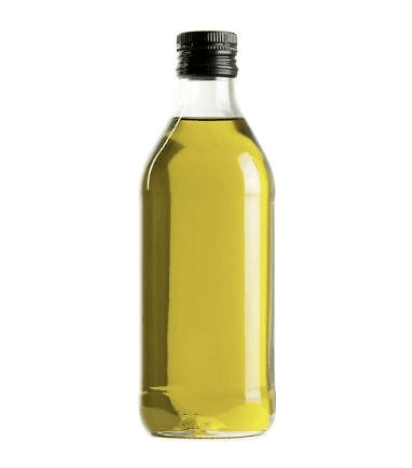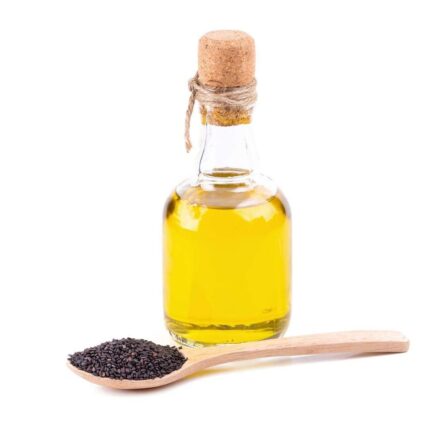இயந்திரம் உபயோகிக்காமல் வீட்டிலேயே வேகவைத்து இடித்து காய்ச்சி வடிகட்டி எடுத்த விளக்கெண்ணெய் கிடைக்கும்.
– ஆமணக்கை வேகவைப்பதால் ஒரு சில நச்சுத்தன்மைகளை நீக்கப்படுகிறது
Benefits of Castor Oil :
It is a tradition to add a few drops of castor oil while cooking lentils.
Prevents Nutrient Loss: Adding castor oil while cooking helps retain the nutrients in food.
Relieves Constipation: A teaspoon of castor oil mixed with a glass of warm water can help relieve constipation.
Aids Digestion: The ricinoleic acid in castor oil improves digestion by enhancing bowel movements.
For Infants: When giving castor oil to infants with breast milk, it is best to use well-boiled castor oil (Unguent oil).
Rich in Essential Nutrients: Castor oil naturally contains vitamin E and essential fatty acids like Omega 6 and 9.
Relieves Eye Irritation: Applying a drop of castor oil to the eyes and keeping them closed for a while can reduce irritation and make the eyes feel fresh and healthy.
For Eye Styes: Applying a few drops of castor oil on eye styes can provide relief and healing.
Cooling Effect: Massaging a little castor oil on the navel and the crown of the head helps reduce body heat.
Strengthens Hair & Prevents Premature Graying: Massaging castor oil on the scalp improves blood circulation, enhances hair growth, strengthens hair, and reduces split ends.
Heals Wounds: Applying castor oil to wounds keeps them moisturized and aids in faster healing.
How We Extract:
At Pugal’s Castor Oil, we use the traditional method of extracting castor oil, which has been used for centuries. This process involves manual or semi-manual techniques without the use of modern machinery. The steps include:
Step 1: Boiling or roasting the castor seeds in an iron pan.
Step 2: The boiled castor seeds are spread under the sun for 2-3 days to dry.
Step 3: The dried seeds are crushed using a traditional stone grinder, wooden mortar and pestle, or by pounding them with stones to form a thick paste.
Step 4: The seed paste is mixed with water and placed in a large clay or metal pot. The mixture is slowly heated over a fire. As it heats, oil begins to separate and float on the surface. The process can take several hours, requiring continuous stirring.
Step 5: The floating oil is carefully skimmed off and filtered using a clean cotton cloth. It is then stored in glass bottles, clay pots, or metal containers for future use. Castor oil should be kept in a cool, dark place to maintain its quality.
Advantages of the Traditional Method
✔ No chemicals or solvents used, making the oil pure and natural.
✔ Simple and low-cost process, suitable for small-scale production.
✔ Retains most of the nutrients and medicinal properties.
Disadvantages

